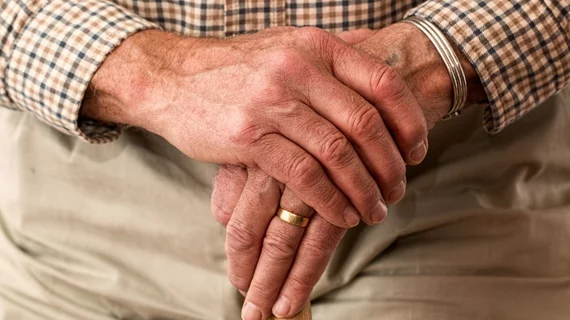Assisted-living facilities face uncertain future post-COVID
With the elderly bearing the brunt of the worst COVID-19 has to dish out, much attention has focused on seniors living in nursing homes or in their own homes. But there are also more than 25,000 facilities dedicated to assisted living in the U.S.—and the pandemic could deal that industry a lethal blow.
More than 800,000 people call these sites home. As outlined in a feature article produced for Kaiser Health News and republished for a wider audience in USA Today, the present crisis has many a loved one—and more than a few industry stakeholders—worried.
In assisted living, staffs tend to be smaller and less highly trained than in nursing homes. Regulation on such matters is spotty, and many if not most assisted-living operations don’t have a fulltime nurse on staff. Instead, residents are mostly tended to by personal care aides whose training is in basic feeding, bathing and bathroom assistance.
Assisted living complexes “have quickly become a new and dangerous theater in the coronavirus war,” explain reporters Laura Ungar and Jay Hancock. “Challenged by deepening financial pressures, sicker residents, limited oversight and too few employees, they now face a crisis that could force companies into bankruptcy, roil the industry and even close some facilities—putting frail seniors at greater-than-ever risk.”
As of last Wednesday, more than 700 cases of COVID-19 had been logged in assisted-living facilities across at least 29 states. People are scared.
“[T]here’s always a foreboding, a sense the virus could find its way into the facility …”
Read the whole thing:

